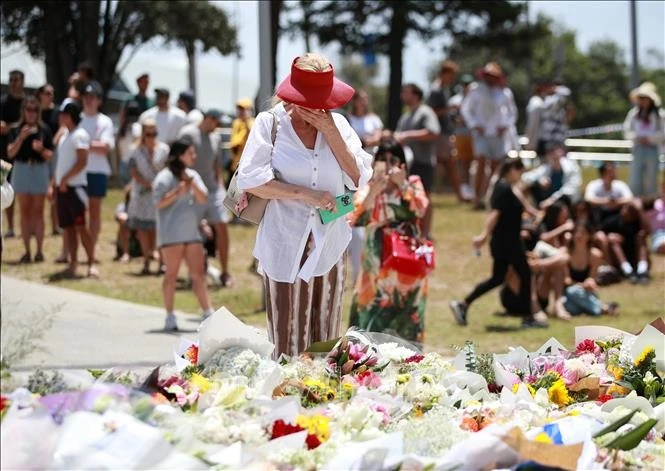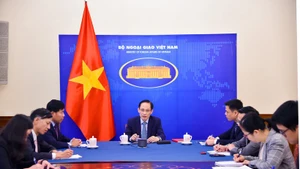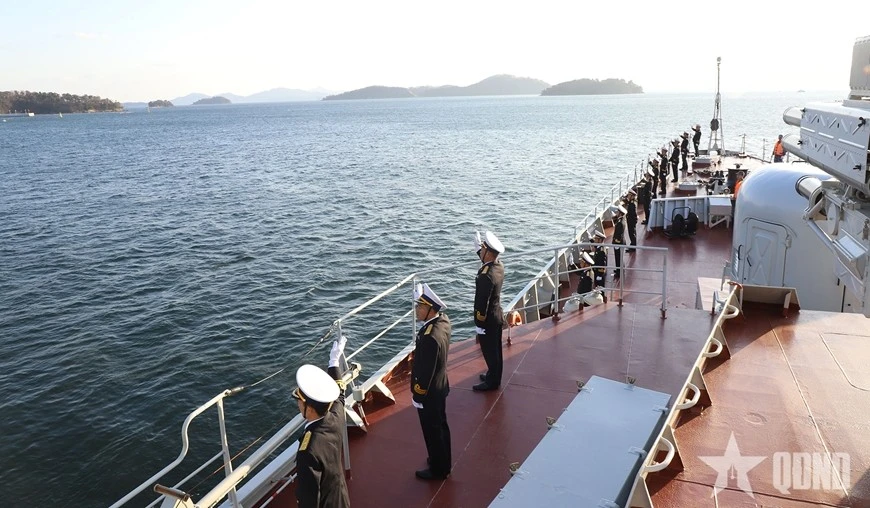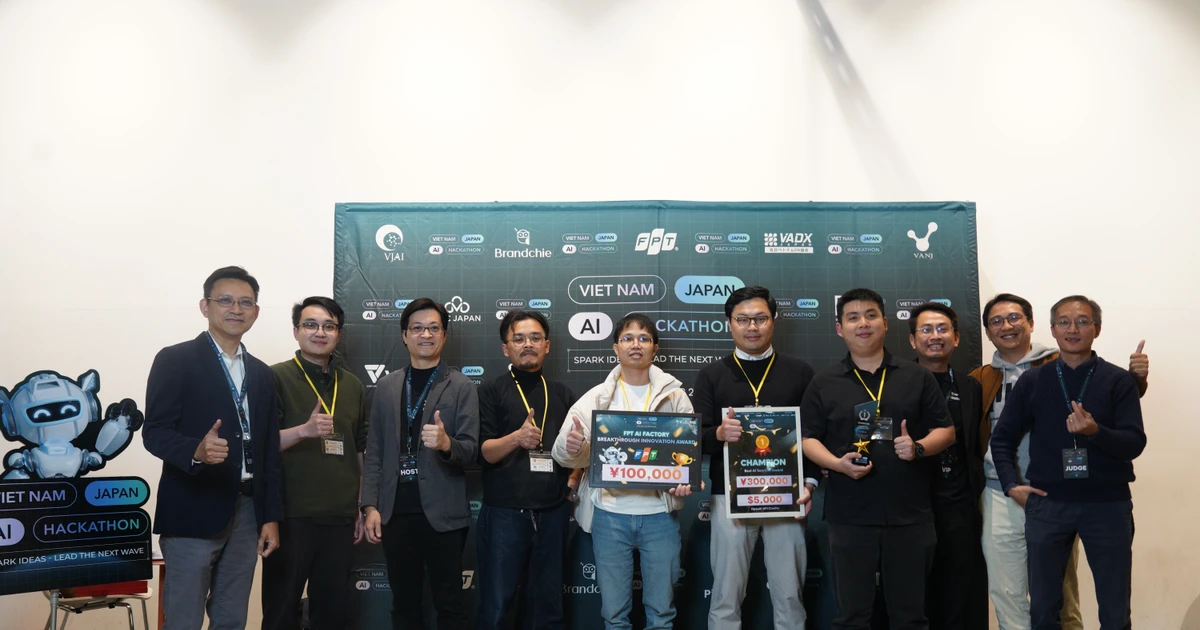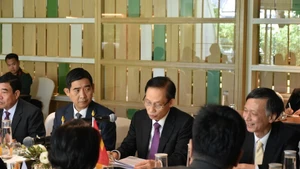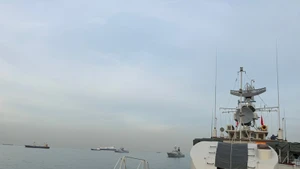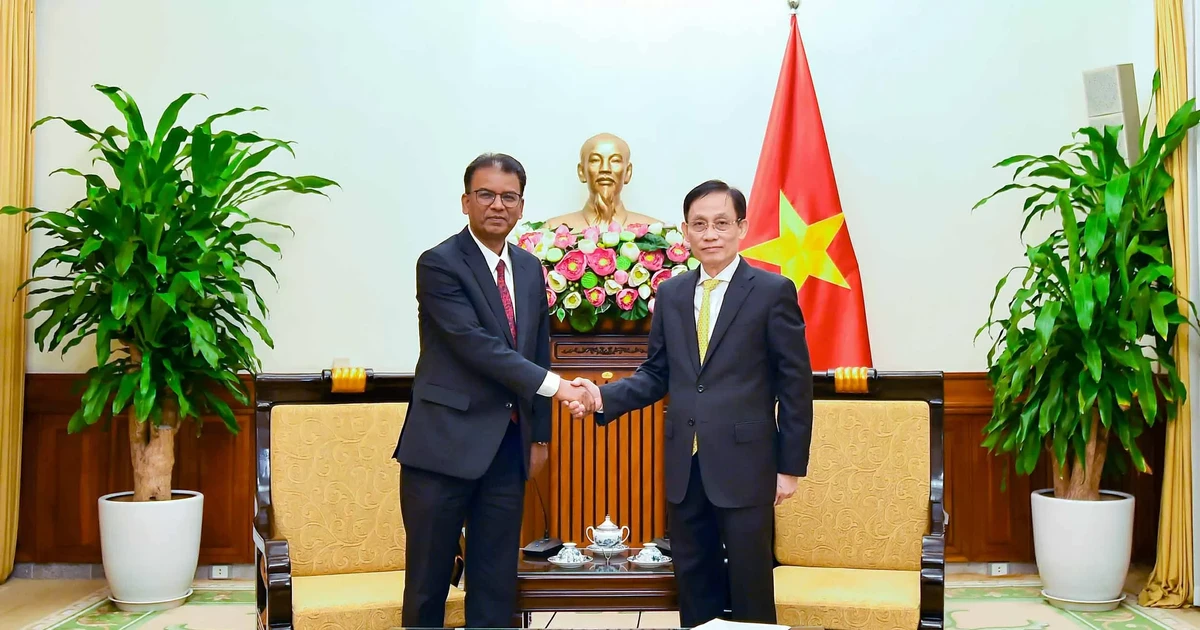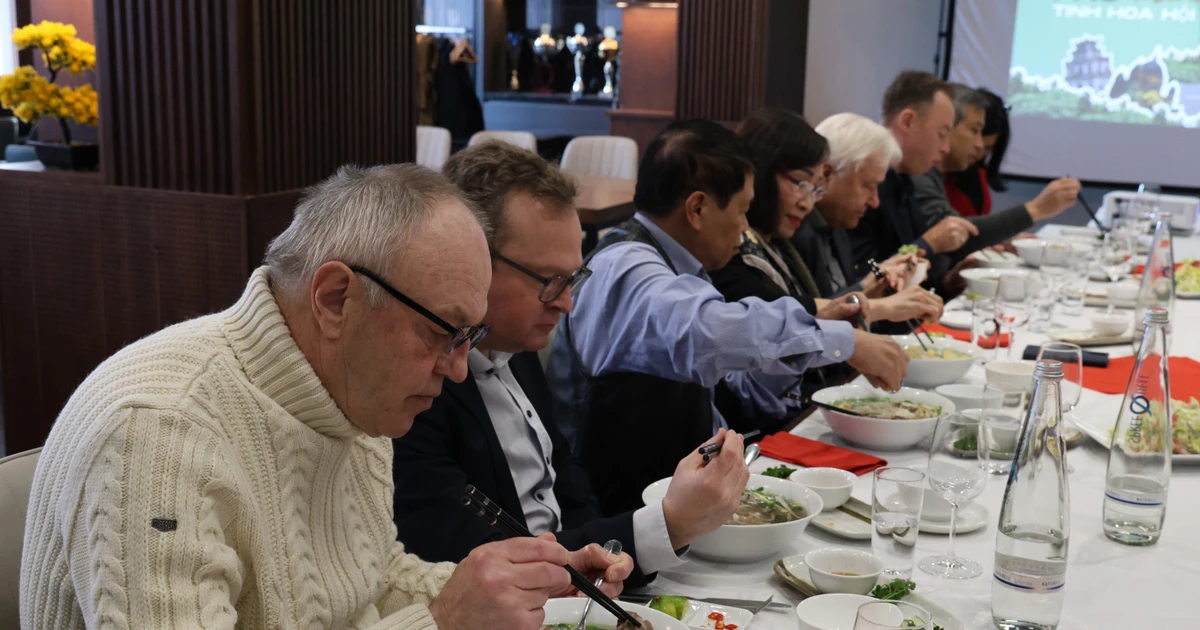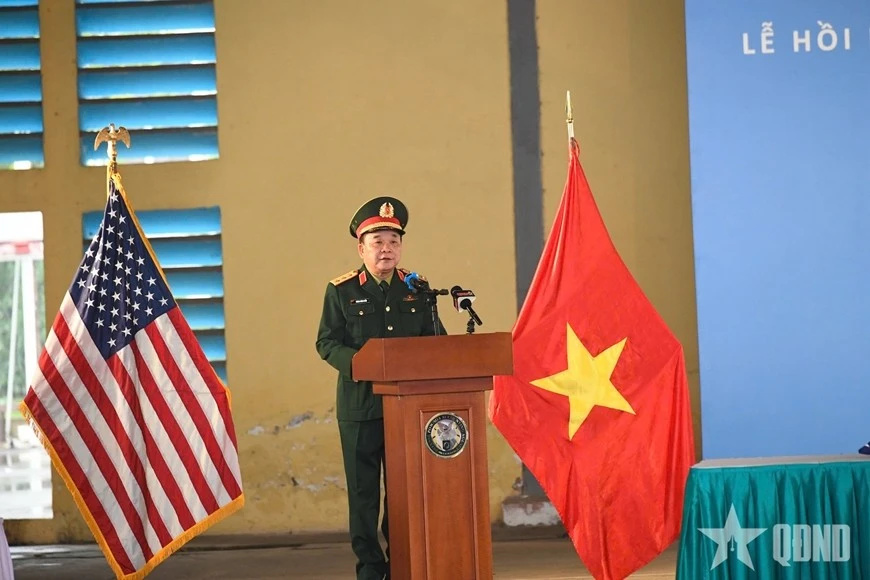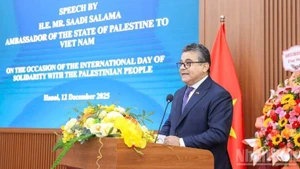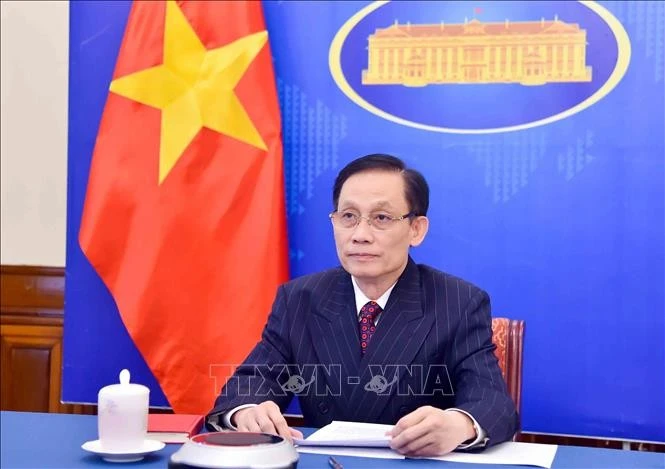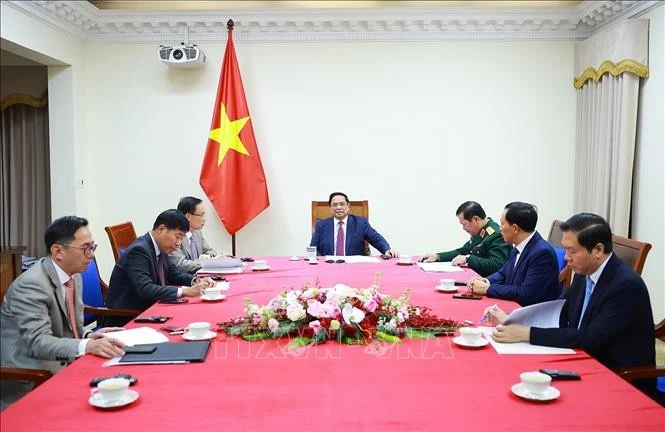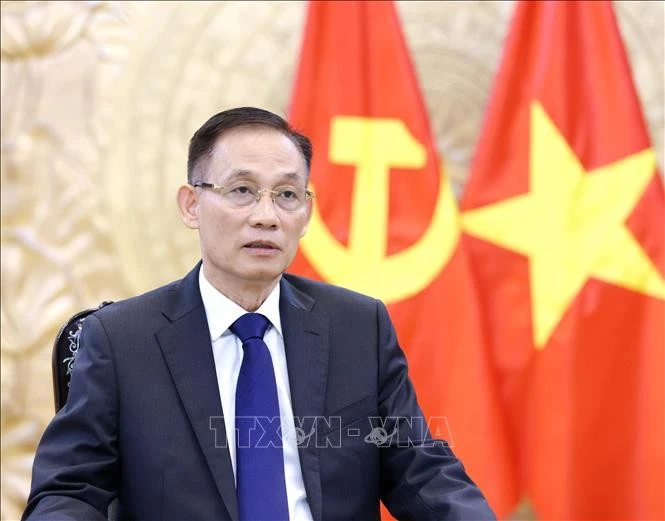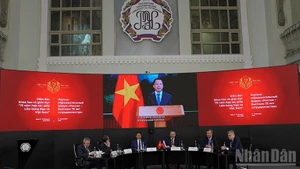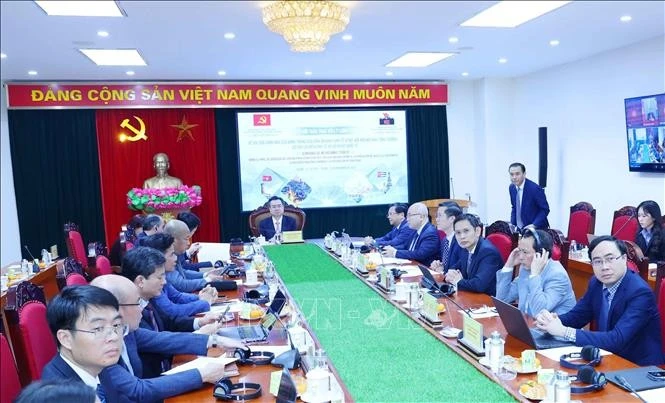Dung noted the two-day conference featured one introductory and eight discussion sessions, with nearly 40 papers, and more than 160 comments and questions.
She held that in the time to come, the regional and international communities need to further commit to international law; ensure the rule of law and trust in multilateral cooperation channels; be flexible and creative regarding cooperation mechanisms in different fields and spaces to build the East Sea into a sea of peace, helping countries focus on sustainable recovery.
Themed ‘Peaceful Sea - Solid Recovery’, the event was held by DAV and attracted the in-person attendance of over 220 delegates and the virtual participation of more than 250 others.
At its special introductory session on November 16, Rear Admiral Jurgen Ehle, Senior Military Advisor to the European External Action (EEAS), stated the Indo-Pacific is an important region for the European Union in terms of economy, trade, and freedom of navigation and overflight.
The EU opposes unilateral actions, protects the rules-based order without the use of or threat to use force, and commits to maintaining security and building the order, of which the 1982 UN Convention on the Law of the Sea (UNCLOS) sets out the legal framework for all sea and ocean activities, he said.
The official affirmed the EU supports ASEAN’s centrality, rules-based regional architecture, multilateralism, and security through the ASEAN Regional Forum (ARF), and the building of a Code of Conduct of Parties in the East Sea (COC) that is legally binding and protects the interests of third parties.
At a session marking the 40th anniversary of the signing of the UNCLOS as well as 20 years since ASEAN and China signed the Declaration on the Conduct of Parties in the East Sea (DOC), most comments highlighted the universal value and importance of the UNCLOS as a constitution of the oceans.
Participating scholars said the DOC was an important achievement between ASEAN and China, showing that the parties can work together to find commonalities for a common purpose despite many differences.
It also marked the beginning of joint efforts to promote cooperation in the region, and is the basis for the consultation process for the COC in the East Sea.
The conference also saw participants discussing such key topics as the international and regional situation, recent developments in the East Sea, sustainable trade, supply chain, and economic recovery, among others.

